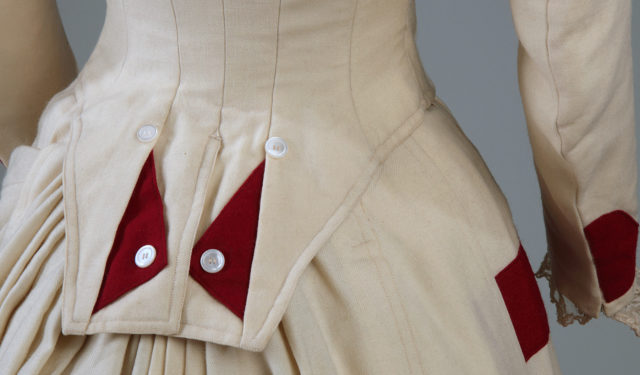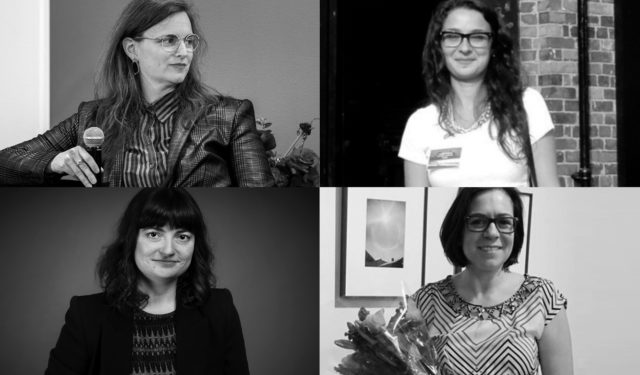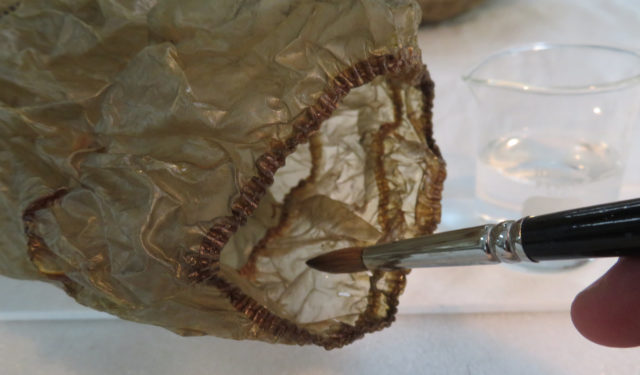McCord Stewart Discoveries: 2023 Edition
March 17, 2023
Through the McCord Stewart Discoveries, the Museum’s experts present the research projects they’ve been working on and share their recent discoveries related to the Museum’s collections and archives.
The event is geared towards an academic audience as well as anyone interested in history and archives, museum studies, or material culture.
Series of talks presented on Friday, March 17, 2023
Conferences 2023 Edition
Wampum Belts at the McCord Stewart Museum: History, Meaning, Identification
Presented by Jonathan Lainey, Curator, Indigenous Cultures (presentation in French) 8:35
For over two centuries, wampum belts were used by several nations in Northeastern America during international diplomatic meetings. They are material evidence of the agreements and alliances that are at the foundations of the country we know today. Presented to support and legitimize the spoken word, , some wampums were conserved over long periods in order to preserve their messages and thus ensure that we remember the terms of previous agreements and mutual commitments.
The McCord Stewart Museum is home to the largest collection of wampums in a Canadian museum, notable for the diversity of the thirteen pieces it contains. While developing a major exhibition on wampums that will be presented from October 2023 to March 2024, we were able to dig deeper into their provenance and explore the difficulties that arise in trying to uncover the history of an object and understand its meaning. The presentation will touch on multiple aspects of studying these exceptional historical objects.
Weaving Art into Function: Northern Northwest Coast Basketry
Presented by Sara Serban, conservator ( Presentation in English ) 59 : 08
In preparation for the 2019 exhibition SDING K’AWXANGS – Haida: Supernatural Stories, the Museum’s conservators began an in-depth survey of the museum’s collection of Northern Northwest Coast basketry. This examination looked at examples from Haida and Tlingit communities, with the goal of identifying stylistic traits attributed to either of the two communities. While the weaving styles are similar, there are some distinct – as well as some more subtle – differences in weaving technique and production between the two cultural groups. As part of this now ongoing research, the conservators consulted with Haida and Tlingit weavers and artists, focusing on elements of technical fabrication such as structural and decorative components, as well as the harvesting and processing of materials used to make the baskets. Equipped with this information, we are better able to design treatments appropriate to these types of objects, and have gained a deeper understanding of what the baskets represent.
The Photographer’s Vacation: Brian Merrett’s Europe 72 Series
Presented by Zoë Tousignant, Curator, Photography (presentation in French) 1 : 48 : 10
In the summer of 1972, Montreal photographer Brian Merrett travelled to Europe for the first time. Arriving as a wide-eyed and passionate twenty-six-year-old, Merrett made the trip at a time when the urgent need for environmental action and architectural preservation were crystallizing, both on the international scene and in his own life. What drew his eye, beyond the beauty of the Old Continent, were the signs of a grappling with modernization that was not always peaceful. This presentation will discuss the significance of this series of images within the photographer’s five-decade-long career.
Women’s Tailoring in Montreal in the Late 19th Century
Presented by Cynthia Cooper, Head, Collections and Research; Curator, Dress, Fashion and Textiles (presentation in English) 2 : 39 : 01
In the late 19th century, tailors expanded their clientele, product range and skill sets in response to the new fashion for two-piece wool suits and dresses, known as “tailor-mades” for women. This presentation will take as a point of departure some rare examples of tailor-mades for women in the Museum’s collection to illustrate aspects of the way Montreal’s bespoke tailors and department stores expanded into this new market niche.
An investigation into the business of Irish-born J.J. Milloy reveals the role of Montreal’s Winter Carnivals of the 1880s in creating an American market for the city’s tailors, and a brush with the law over a significant illegal cross-border trade. The cutthroat nature of the local competition becomes apparent in an examination of Milloy’s employees who left to start up their own businesses. Meanwhile, the « ladies’ tailoring » departments of Henry Morgan and Co. and Dupuis Frères competed with these bespoke tailors with economies of scale in imported textiles and in garment finishing.





